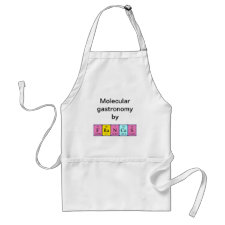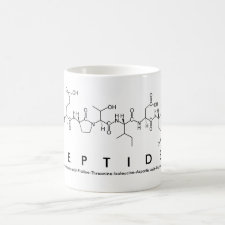
Authors: Mallik S, Johnson RD, Arnold FH
Article Title: Synthetic bis-metal ion receptors for bis-imidazole protein analogs.
Publication date: 1994
Journal: Journal of the American Chemical Society
Volume: 116
Issue: (20)
Page numbers: 8902-8911.
DOI: 10.1021/ja00099a007
Abstract: We are investigating an approach to protein recognition that is based on matching a pattern of metal ions in a synthetic receptor to a complementary pattern of metal-coordinating functional groups (histidine) on a protein's surface. In this model study, target ''protein analogs'' were constructed by linking two imidazoles via organic spacers of varying lengths. By computer modeling the individual targets and receptors, bis-Hg2+ receptors were designed to position two metal ions to match the available nitrogen ligands of their target bis-imidazoles. While H-1 NMR studies in DMSO-d(6) show that the receptors can bind 2 equiv of 1-benzylimidazole (K-1 similar to 10(4) M(-1)), a bis-imidazole is bound in a 1:1 complex with association constants as high as 3 x 10(6) M(-1). Bis-metal ion receptors are indeed selective for their target bis-imidazoles in competitive binding experiments, preferring the target over Others 0that are both longer and shorter by similar to 4 Angstrom (maximum selectivity = 11.5). A maximum selectivity of 140 was observed for the competition between a target bis-imidazole and 1-benzylimidazole. Increasing the available coordination sites on the metal ion significantly reduces selectivity, presumably by allowing the receptor to take on multiple bound conformations. Attempts to improve binding selectivity by restricting the receptors' conformational mobility reduced selectivity, primarily by introducing unanticipated unfavorable interactions with the target bis-imidazoles



Join the Society for Molecular Imprinting

New items RSS feed
Sign-up for e-mail updates:
Choose between receiving an occasional newsletter or more frequent e-mail alerts.
Click here to go to the sign-up page.
Is your name elemental or peptidic? Enter your name and find out by clicking either of the buttons below!
Other products you may like:
 MIPdatabase
MIPdatabase









